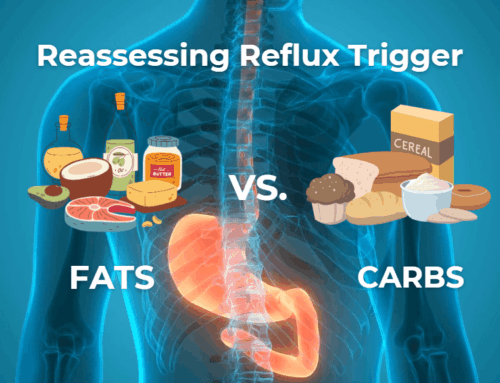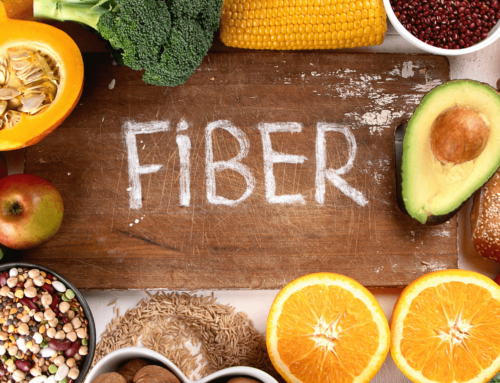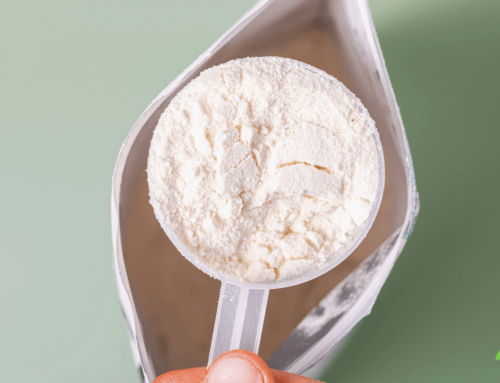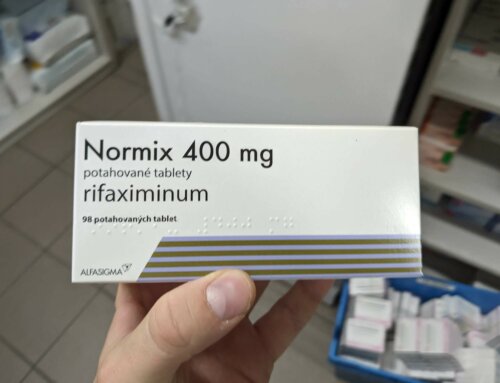Why do so many people with cystic fibrosis suffer from heartburn?
Approximately eighty percent of people with cystic fibrosis (CF) suffer with chronic heartburn compared to twenty percent in the general population. SIBO – CF Connection. People with CF exhibit well-documented carbohydrate malabsorption and small intestinal bacterial overgrowth (SIBO). A study of CF patients with pancreatic deficiencies showed that SIBO was diagnosed (based on hydrogen breath testing) almost three times more frequently when compared to patients without cystic fibrosis.[ii]. The cause of this condition is also known. CF patients often have blockage of the pancreatic ducts by thick mucous which blocks the release of digestive enzymes including pancreatic amylase limiting carbohydrate digestion and absorption. This condition leads to a higher level of carbohydrates available to gut bacteria. Not surprisingly, this condition results in SIBO. SIBO – Heartburn Connection. Over the last several years, I have done a lot of research on the underlying cause of acid reflux and come to this conclusion: The scenario goes like this. When too many unabsorbed carbohydrates (especially the five types listed above) persist in the intestine, gut bacteria consume these carbohydrates, overgrow and producing lots of gas (hydrogen, carbon dioxide and sometimes methane). Those interested can find the evidence in my book, Fast Tract Digestion Heartburn. What to do about it. People who have an amylase deficiency have trouble digesting even small amounts of starch, including resistant starch (mainly amylose) and even the normally easy-to-digest starch amylopectin. An amylase enzyme supplement can greatly increase the efficiency of starch digestion for these individuals including people with cystic fibrosis or pancreas problems that affect the digestion of starches. Ninety percent of people with CF know they have difficulty digesting food and take digestive enzyme supplements including not only amylase, but also protease and lipase because the digestion of all three foods groups (carbohydrates, protein and fats) is affected. Despite the use of these supplements, people with CF could further reduce their heartburn symptoms by employing the strategies in Fast Tract Digestion Heartburn. The treatment strategy in the Fast Tract Diet uses a mathematically derived calculation to limit the five most difficult-to-digest carbohydrates that are likely to be malabsorbed. The book also offers additional strategies to minimize carbohydrate malabsorption, SIBO and heartburn. Do you have more ideas / solutions for kids with CF and heartburn? [i] Ledson MJ, Tran J, Walshaw MJ. Prevalence and mechanisms of gastro-oesophageal reflux in adult cystic fibrosis patients. J R Soc Med. 1998 Jan;91(1):7-9. Vic P, Tassin E, Turck D, Gottrand F, Launay V, Farriaux JP. Frequency of gastroesophageal reflux in infants and in young children with cystic fibrosis. Arch Pediatr. 1995 Aug;2(8):742-6. Fridge JL, Conrad C, Gerson L, Castillo RO, Cox K. Risk factors for small bowel bacterial overgrowth in cystic fibrosis. J Pediatr Gastroenterol Nutr. 2007 Feb;44(2):212-8. [ii] Fridge JL, Conrad C, Gerson L, Castillo RO, Cox K. Risk factors for small bowel bacterial overgrowth in cystic fibrosis. J Pediatr Gastroenterol Nutr. 2007 Feb;44(2):212-8.







Such interesting posts!
Thanks! When I first came up with this new theory “that reflux was caused by carbohydrate malabsorption coupled with Small Intestinal Bacterial Overgrowth (SIBO)”, I was unaware that the theory was really a lens that I could use to reevaluate all of the GERD research that had been done for the last 50 years. When I read about studies linking GERD to many other conditions, the theory seemed to explain reasons for the connections which were previously unknown.
I am working on a journal article about the clinical study we did on the Fast Tract Diet in GERD patients where I hope to highlight many of these connections. Thanks for reading and sharing your own ideas and experiences. Sometimes, it’s the grass roots efforts that can really make the difference. There has been quite a bit of resistance to these new ideas on GERD, but I am convinced that the theory fits the data.
I found your book on IBS very informative. It was the explanation that made everything click with my symptoms. I have a patient with chronic sinus infections, her ENT cultured staph. She is a vegetarian of over 20 years and has recently started having some heartburn. I’m thinking that she has low stomach acid (creating aversion to meat) and SIBO (due to a high starch diet and possibly low amylase production and years of antibiotics). Have you seen any correlations between chronic sinusitis and SIBO?
Thanks for all your work!
Hi Kyung, Thanks for reading FTD IBS. I haven’t read any journal articles connecting SIBO to sinusitis (though it might exist), but clearly there is a link based on the strong connection between GERD and sinusitis and the evidence that SIBO causes GERD in my books.
My mother was diagnosed with celiac and recently with an amalyze and lipase deficiency. Her weight had dropped to 80 pounds which is why she sought the diagnosis. She was prescribed a analyze/lipase replacement drug but has now been
experiencing increased symptoms of gerd. After taking the meds for 3 months, she stopped taking the medication and says symptoms are a little better but not gone. Do you have any idea why she would experience more gerd symptoms after taking the meds. She only takes vitamins. No other meds. Thanks.
Sorry to hear about your mom Kari. I can’t discuss people’s individual situation outside of our consultation program, but I can say that if someone had damage to their villi/microvilli from celiac, amylase could break down the starch to dextrin, maltose, or maltotriose, but the final breakdown occurs at the villi. If they, or their surface enzymes, are damaged, some carbohydrate would persist potentially causing bacterial overgrowth and GERD symptoms. If your mom is interested, you can have her contact us for help with her issue.